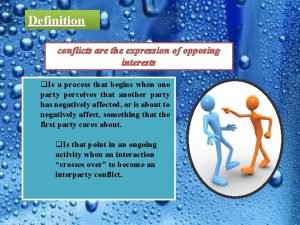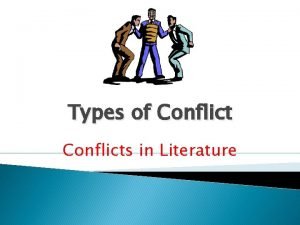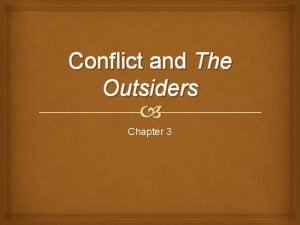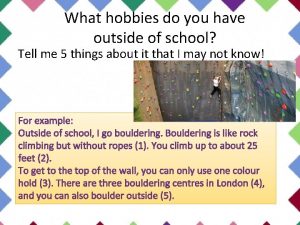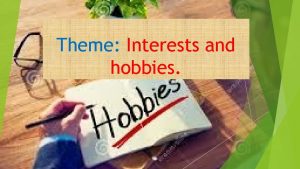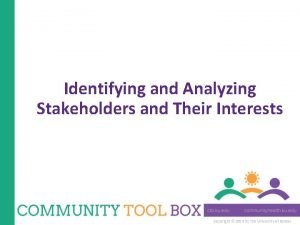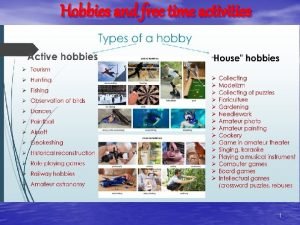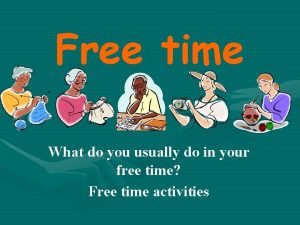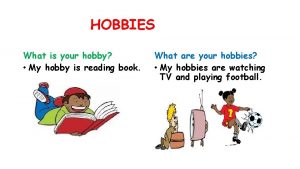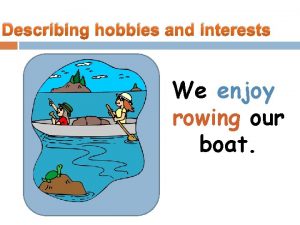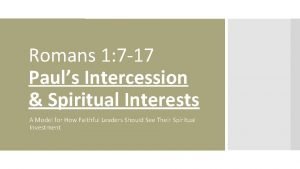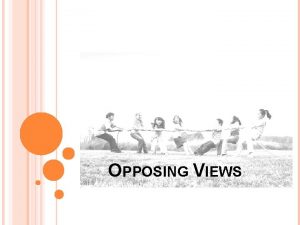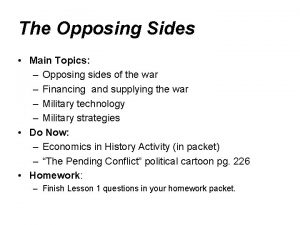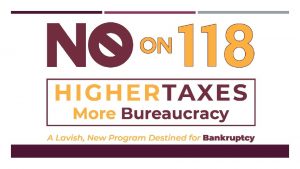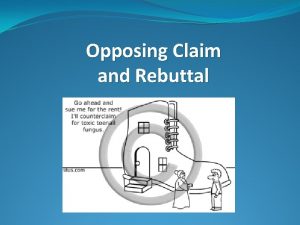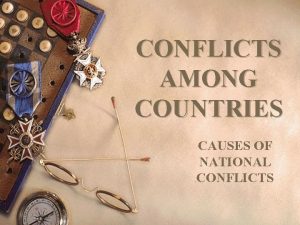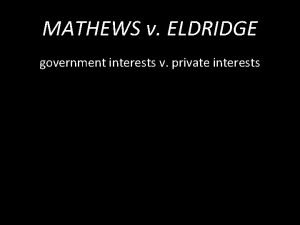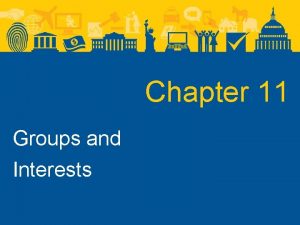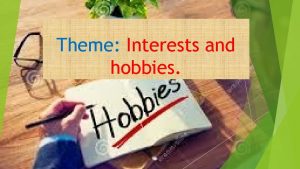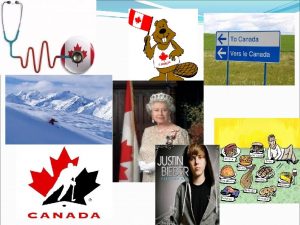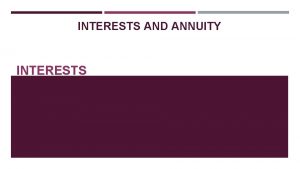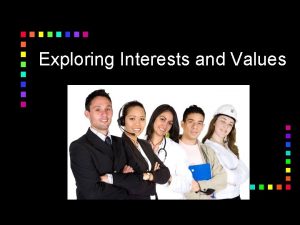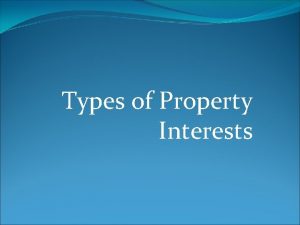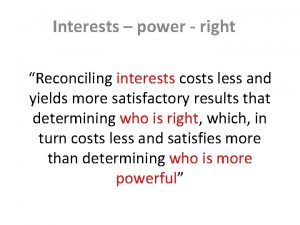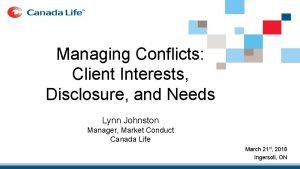Definition conflicts are the expression of opposing interests


































- Slides: 34

Definition conflicts are the expression of opposing interests q. Is a process that begins when one party perceives that another party has negatively affected, or is about to negatively affect, something that the first party cares about. q. Is that point in an ongoing activity when an interaction “crosses over” to become an interparty conflict.

Transitions in conflict Thought: q. The traditional view of conflicts. q. The human relation view of conflicts q. The interactions view of conflict.

“They belief that all conflicts are harmful and must be avoided” Causes: • Poor communication • Lack of openness • Failure to respond to employee needs

Transitions in Conflict Thought (cont’d) q. Human Relations View of Conflict “The belief that conflict is a natural and inevitable outcome in any group. ”

Transitions in Conflict Thought q Interactions View of Conflict §The belief that conflict is not only a positive force in a group but that it is absolutely necessary for a group to perform effectively.

Functional versus Dysfunctional Conflict Functional Conflict that supports the goals of the group and improves its performance. Dysfunctional Conflict that hinders group performance.

Types of Conflict Task Conflicts over content and goals of the work. Relationship Conflict based on interpersonal relationships. Process Conflict over how work gets done.

The conflict process A process that has five stages: potential opposition or incompatibility, Cognition and personalization, intensions, behavior and outcome

The Conflict Process

CONFLICT PROCESS & CONFLICT HANDLING

The Conflict Process • Stage 1 – Potential Opposition or incompatibility • Factors are present that can lead to conflict – Communication – Structure – Personal variables

Stage I: Potential Opposition or Incompatibility • Communication § Semantic difficulties, misunderstandings, and “noise” Different words connotations, insufficient exchange of information and noise in communication channel are all antecedent conditions to conflict. Too much communication as well as too little communication can lay the foundation for conflict.

Stage I: Potential Opposition or Incompatibility • Structure structure is used to include variables such as § Size and specialization of jobs § Member/goal incompatibility § Leadership styles (close or participative) § Reward systems (win-lose) § Dependence/interdependence of groups

Stage I: Potential Opposition or Incompatibility • Structure The larger the group and the more specialized its activities, the greater the likelihood of conflict. Tenure and conflict have been found to be inversely related. The potential for conflicts tends to be greatest when group members are younger and when turnover is high.

Stage I: Potential Opposition or Incompatibility • Personal Variables § Differing individual value systems § Personality types Our last category of potential source of conflict is personal variables, which include personality, emotions and values.

Stage 2: cognition and personalization If the conditions negatively affect something that one party cares about in the first stage, then the potential for opposition for incompatibility becomes actualized in the second stage.

Perceived Conflict Awareness by one or more parties of the existence of conditions that create opportunities for conflict to arise.

Felt Conflict Emotional involvement in a conflict creating anxiety, tenseness, frustration, or hostility.

Main two points First point: This is the place in the process where the parties decide what the conflict is about.

Second point Emotions play a major role in shaping perception. Negative emotions: It have been found to produce oversimplification of issues, reductions in trust and negative interpretation of the other party’s behavior Positive feeling: It have been found to increase the tendency to see potential relationship among the element of problem, to take a broader view of the situation and to develop more innovative solution

Stage 2: intention Intentions Decisions to act in a given way

d Dimensions Cooperativeness: • Attempting to satisfy the other party’s concerns. Assertiveness: • Attempting to satisfy one’s own concerns.

Competing A desire to satisfy one’s interests, regardless of the impact on the other party to the conflict. Collaborating A situation in which the parties to a conflict each desire to satisfy fully the concerns of all parties. Avoiding The desire to withdraw from or suppress a conflict.

Accommodating The willingness of one party in a conflict to place the opponent’s interests above his or her own. Compromising A situation in which each party to a conflict is willing to give up something.


BEHAVIOR

Essential Points • The behavior stage includes statements, actions and reactions made by conflicting parties. • In this stage, where conflicts become visible. • Conflicts characterized by subtle, indirect and highly controlled form of tension.

Conflict Intensity Continuum q Conflict intensities escalate as they move upward along the continuum until they become highly destructive. q Strikes, riots, and wars clearly fall in the upper range. q Functional conflicts are typically confined to the lower range of the continuum.

Conflict Management Techniques • If a conflict is dysfunctional, What can parties do to de-escalate it? Ø 1 -Problem solving Ø 2 -Subordinate goals Ø 3 -Expension of resources Ø 4 -Avoidance Ø 5 -Compromise

OUTCOMES • The action reaction interplay between conflicting parties results in consequences.

ANSWER FUNCTIONAL OUTCOMES • How might conflict as a force to increase group performance?

EXTRAS 1 -Constructive conflicts also be positively related with productivity. 2 -Conflict also reduced chance that groupthink would overpower policy decisions. 3 -The preceding leads to predict that the increasing cultural diversity of workforce should provide benefits to organizations.

DYSFUNCTIONAL OUTCOMES • Dysfunctional varieties can reduce group effectiveness, reductions in group cohesiveness, and subordination of group goals to primacy of infighting among members.

Creating Functional Conflict • A high proportion of people who get to top are conflict avoiders. • Rewards dissent and punish conflict avoiders creates functional conflict. • Example: Managers
 Insidan region jh
Insidan region jh Opposing interests
Opposing interests Quadratic formula
Quadratic formula Internal/external conflict definition
Internal/external conflict definition External conflict in the outsiders
External conflict in the outsiders Interests outside of school
Interests outside of school Interests and activities
Interests and activities Hobby vs interest
Hobby vs interest Unifrog personality test
Unifrog personality test Stakeholders and their interests
Stakeholders and their interests Talking about free time activities
Talking about free time activities Free time interests
Free time interests What is executory interest
What is executory interest Loosely organized groups who share interests and activities
Loosely organized groups who share interests and activities Difference between interests and hobbies
Difference between interests and hobbies My hobbies is
My hobbies is Describing hobbies
Describing hobbies Hobbies and interests of a teacher
Hobbies and interests of a teacher Spiritual interests
Spiritual interests Hình ảnh bộ gõ cơ thể búng tay
Hình ảnh bộ gõ cơ thể búng tay Bổ thể
Bổ thể Tỉ lệ cơ thể trẻ em
Tỉ lệ cơ thể trẻ em Chó sói
Chó sói Chụp tư thế worms-breton
Chụp tư thế worms-breton Chúa sống lại
Chúa sống lại Các môn thể thao bắt đầu bằng từ đua
Các môn thể thao bắt đầu bằng từ đua Thế nào là hệ số cao nhất
Thế nào là hệ số cao nhất Các châu lục và đại dương trên thế giới
Các châu lục và đại dương trên thế giới Cong thức tính động năng
Cong thức tính động năng Trời xanh đây là của chúng ta thể thơ
Trời xanh đây là của chúng ta thể thơ Mật thư anh em như thể tay chân
Mật thư anh em như thể tay chân 101012 bằng
101012 bằng Phản ứng thế ankan
Phản ứng thế ankan Các châu lục và đại dương trên thế giới
Các châu lục và đại dương trên thế giới

